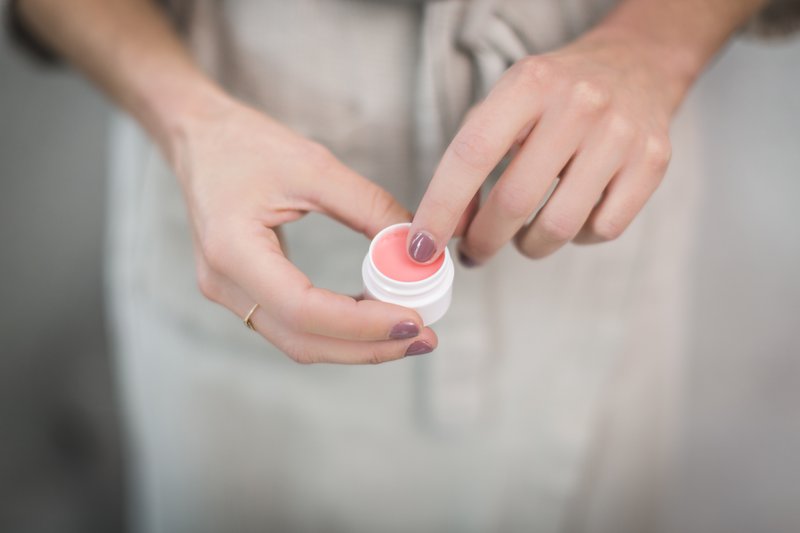#FitU with Phindi Gule: 'Preventing chafing and treatment'
Updated | By East Coast Drive
Phindi Gule shares tips on chafing prevention and treatment, covering aspects from knowing when to give a certain activity a break to wearing the right clothing.

Listen to Phindi's #FitU chafing tips, or read the details under the podcast.
Tactics for Preventing Chafing:
Four Ways: staying hydrated, staying dry, using a lubricant, and wearing appropriate clothing.
- Hydration: Drink lots of water before, during, and after your walk, run, ride, or other workouts. This will allow you to perspire freely so the perspiration doesn't dry into salt crystals that can enhance the chafing.
- Staying dry: Use an absorbent body powder, cornstarch, or potato starch to stay dry in any areas where you have crevices (under the breast, crotch, armpits, fat rolls). Look for unscented powders if you are sensitive to the perfumes often added to these products.
- Lubrication: Walkers, runners, and cyclists use a variety of anti-chafing lubricants to keep the skin areas sliding past each other instead of rubbing each other raw. Plain old petroleum jelly is the standby choice. You can apply it liberally before your workout.
- Clothing: Loose clothes may feel good on the trail and during workouts, but to prevent chafing you need a snug fit. Bike Shorts or Compression Shorts are designed to give a skin-tight fit that will prevent chafing for the lower body or thigh area. For the upper body, look for skin-tight tops, or Compression Garments if you get chafing under sagging skin or fat rolls. Pay attention to the fabric when choosing your workout gear. You also need to choose clothing that is seamless or has flat seams in the areas that are prone to chafing.
Treatment and Recovery for Chafing:
- If you feel chafing starting during your workout add a protective lubricant such as petroleum jelly to help prevent additional damage.
- Change into clean and dry clothing if you have it available.
- If your activity still produces rubbing in the area, you may want to stop or switch to an exercise that doesn't. For example, if running is causing chafing, try cycling, walking, or strength training exercises.
- Once you are chafed, you should treat the area like an open wound. Wash and clean the area with lukewarm water (not hot) and mild soap.
- Don't use alcohol or hydrogen peroxide on the wound. Gently pat the area dry and do not rub it
- Cover the chafed area with a gauze pad that allows the area to breathe while it heals. You can also apply a light layer of petroleum jelly (such as Vaseline), which will help protect the area and keep it moist while it heals
- The skin will be tender and you should protect it from further rubbing for a couple of weeks
- Protect it from the sun if it is an area that will be exposed.
Show's Stories
-
Benedict Cumberbatch on being kidnapped in SA
Benedict Cumberbatch shared his terrifying experience of being kidnapped...
East Coast Breakfast 3 hours ago -
Stuck in a tyre: Wheelie's heartwarming rescue story
Meet Wheelie, the dog who's been through a wheel of emotions! From getti...
Stacey & J Sbu 6 hours ago